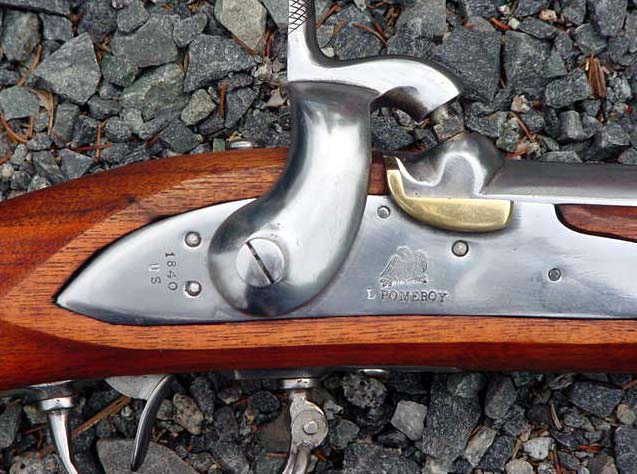Re: Burst Indian musket update
Sounds like you already made a decision prior to posting.
Maybe the Indian muskets have gotten better. Validate it with your own experimentation.
Be careful and good luck.
Sounds like you already made a decision prior to posting.
Maybe the Indian muskets have gotten better. Validate it with your own experimentation.
Be careful and good luck.






Comment